Across his 70-year history, Godzilla plays both the role of villain and hero, either standing as the greatest threat to Japan and humanity, or as its last hope against overwhelming enemies. This evolution from destroyer to hero has been a back-and-forth process as the kaiju is reinvented for new generations.
Godzilla, Destruction Incarnate
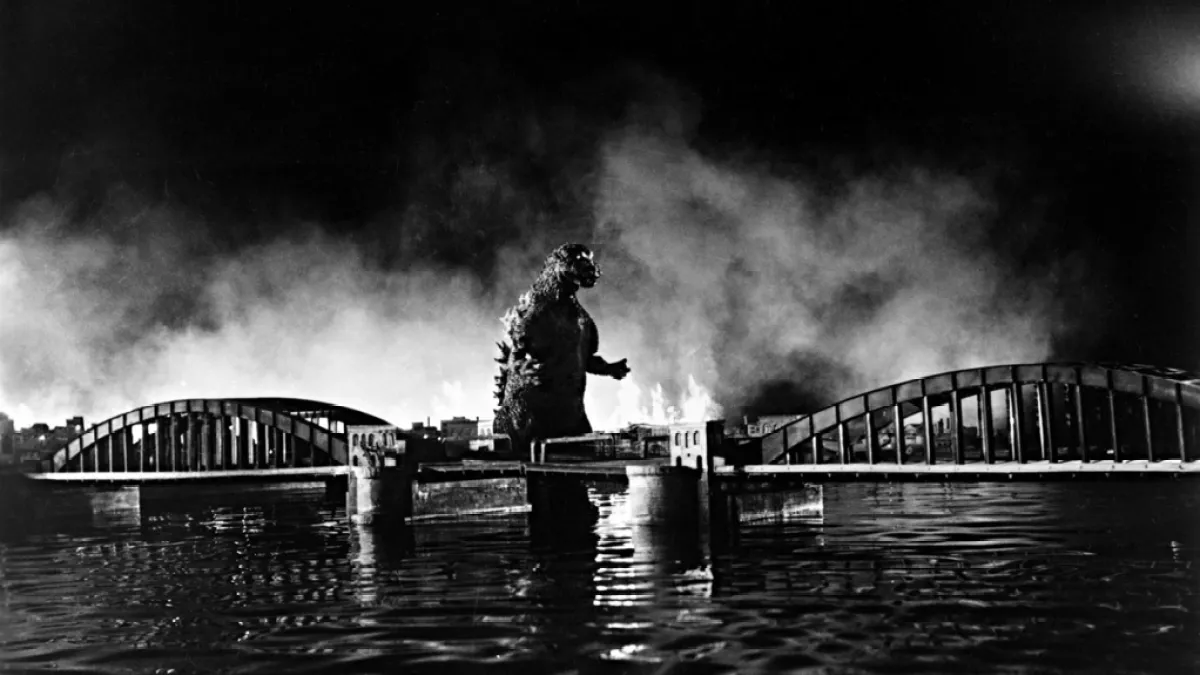
When Godzilla debuted in the 1954 original movie, he was a living, breathing allegory for the advent of atomic and nuclear weapons, drawing from the collective cultural trauma endured by having its cities bombed during World War II. Both the 1954 movie and its 1955 direct sequel, Godzilla Raids Again, dwell on the fiery destruction caused by Godzilla in a way no other movies in the franchise’s initial Shōwa Era have. World War II and use of the atomic bombs on Japan was less than a decade old at this point, really evoking that sense of horrific consequence rather than escapist action, all unleashed by Godzilla.
Godzilla Raids Again introduced the idea of rival kaiju for Godzilla to fight, starting with the spiny Anguirus, though humanity ultimately has to save itself from Godzilla once again. By 1962’s King Kong vs. Godzilla, the wanton destruction wasn’t depicted as having the same grounded cost and emotional toll as the preceding movies, while retaining Godzilla in the antagonist role. This would continue on in 1964’s Mothra vs. Godzilla, with the versus movies marking a lighter tone and appealing more to younger audiences as World War II moved increasingly into the past and the Godzilla franchise enjoyed international success with wider audiences.
Godzilla, Protector of Earth
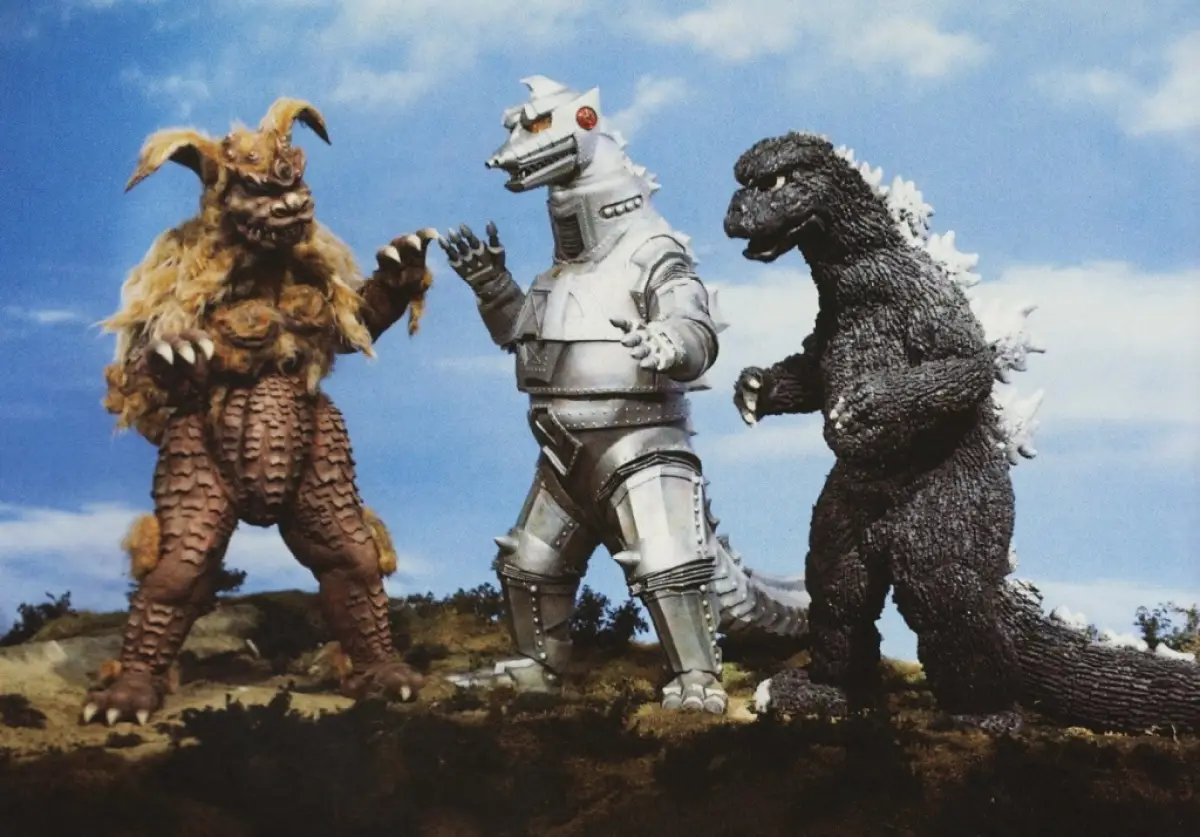
The first time Godzilla defended humanity from a more villainous kaiju was in 1964’s Ghidorah, the Three-Headed Monster, which also put his winged counterpart Rodan on a redemptive arc. The movie has Earth attacked by the vicious extraterrestrial kaiju King Ghidorah, with humanity and Mothra unable to defend themselves and the planet on their own. Going into the final act, Mothra convinces both Godzilla and Rodan to fight against their mutual enemy, with the two kaiju reluctantly agreeing despite their contempt for humanity, successfully defeating Ghidorah by working together.
Moving forward, whenever Godzilla turned against humanity during the Shōwa Era, he was either under mind control or replaced by a doppelganger created by aliens to help their conquest of Earth. In positioning the Godzilla franchise to younger audiences in Japan and international markets, Godzilla transformed into a playful, lighter character, with the movies transitioning to a family-friendly tone that often embraced the campy potential of the premise. While the movies themselves became significantly sillier, the shift was successful and the Shōwa Era released 15 films in all before coming to an end in 1975 with Terror of Mechagodzilla.
Godzilla’s Return to Villainy
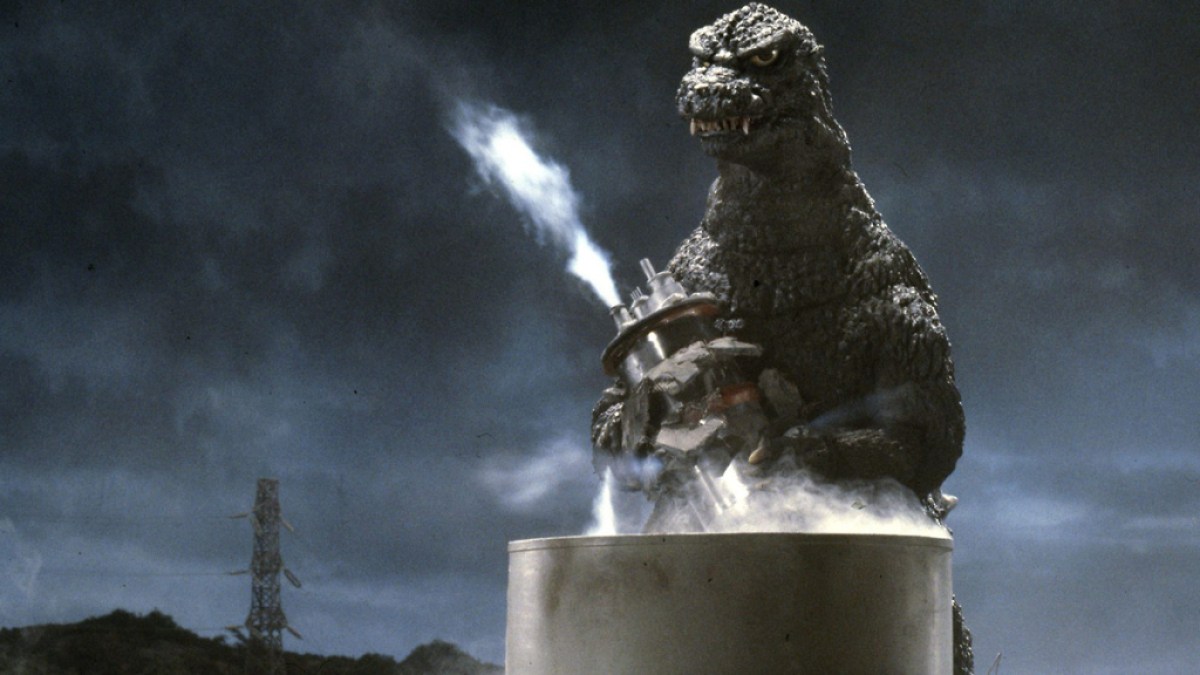
After nearly a decade of dormancy, the Godzilla film series was revived in 1984 to commemorate its 30th anniversary, with The Return of Godzilla. Kickstarting the Heisei Era, this rebooted continuity retained only the events of the 1954 original movie as canon for this seven-movie run from 1984-1995. In The Return of Godzilla, the King of Monsters was once again the sole kaiju in the movie and back as a destructive force of nature unleashed on Japan. While the Heisei Era was noticeably darker and more violent than the Shōwa Era, Godzilla was back to fighting more evil kaiju in defense of humanity by this series’ second installment, 1989’s Godzilla vs. Biollante.
The film series was rebooted yet again with 1999’s Godzilla 2000, launching the Millennium Era, with Godzilla reintroduced as an antagonist and global threat to humanity. Subsequent movies in the Millennium Era depicted a more nuanced Godzilla, who would fight opposing kaiju, but was not necessarily depicted as a conscious defender of humanity. The Millennium itself only ran for five years and six movies, ending with 2004’s Godzilla: Final Wars.
Godzilla in the 21st Century
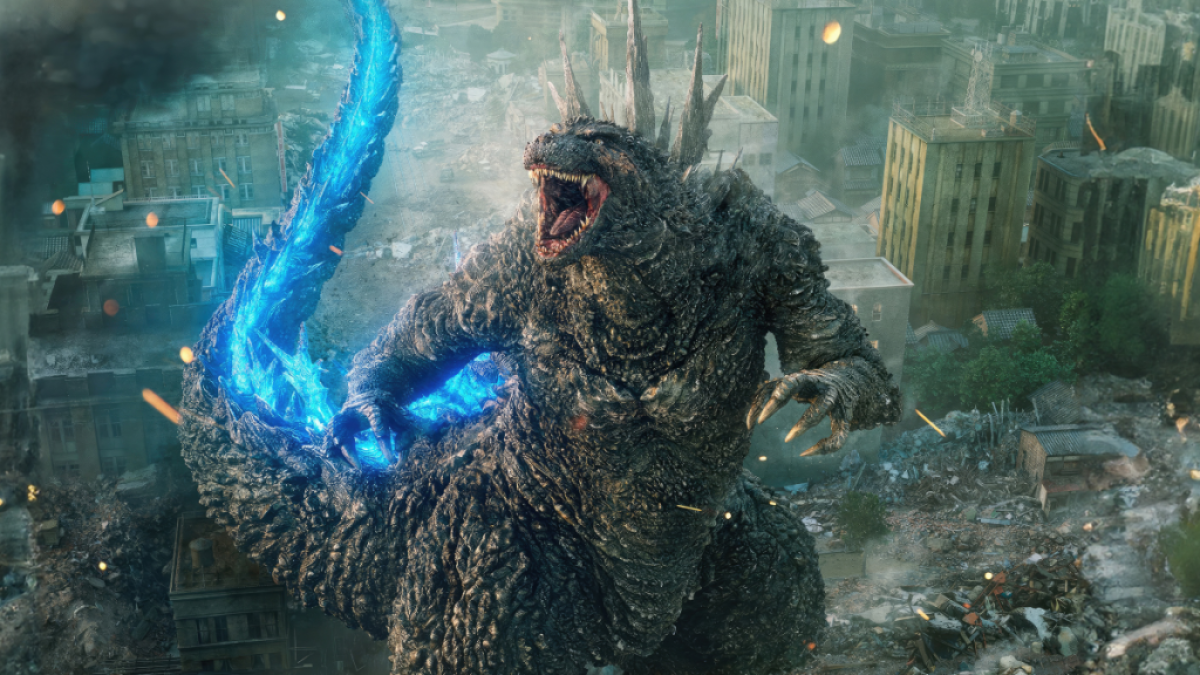
As the Godzilla franchise progressed into the 21st century, American and Japanese studios would each present their own differing takes on Godzilla with their respective films. Through the MonsterVerse, the shared cinematic universe with the relaunched King Kong, Godzilla is a committed defender of humanity, fighting against villainous monsters, or Titans, like King Ghidorah or the MUTOs. The MonsterVerse establishes the Titans have an extensive, secret history on Earth where they were revered as gods by humanity during the prehistoric era, suggesting a long-term symbiosis between kaiju like Godzilla and human civilization.
In Japan, the franchise is now in its Reiwa Era, which began with 2016’s Shin Godzilla and includes the Godzilla: Planet of Monsters animated movie trilogy and 2023’s Academy Award-winning Godzilla Minus One. All of these movies feature Godzilla as a more menacing, villainous character, prominently devastating cities and, in the case of the animated movies, the entire planet. With this era, Godzilla fans get to have their cake and eat it too, enjoying big-budget Hollywood movies with Godzilla as a lighter defender and the darker, more violent depictions coming from Japan as the King of Monsters flits between different moralities.

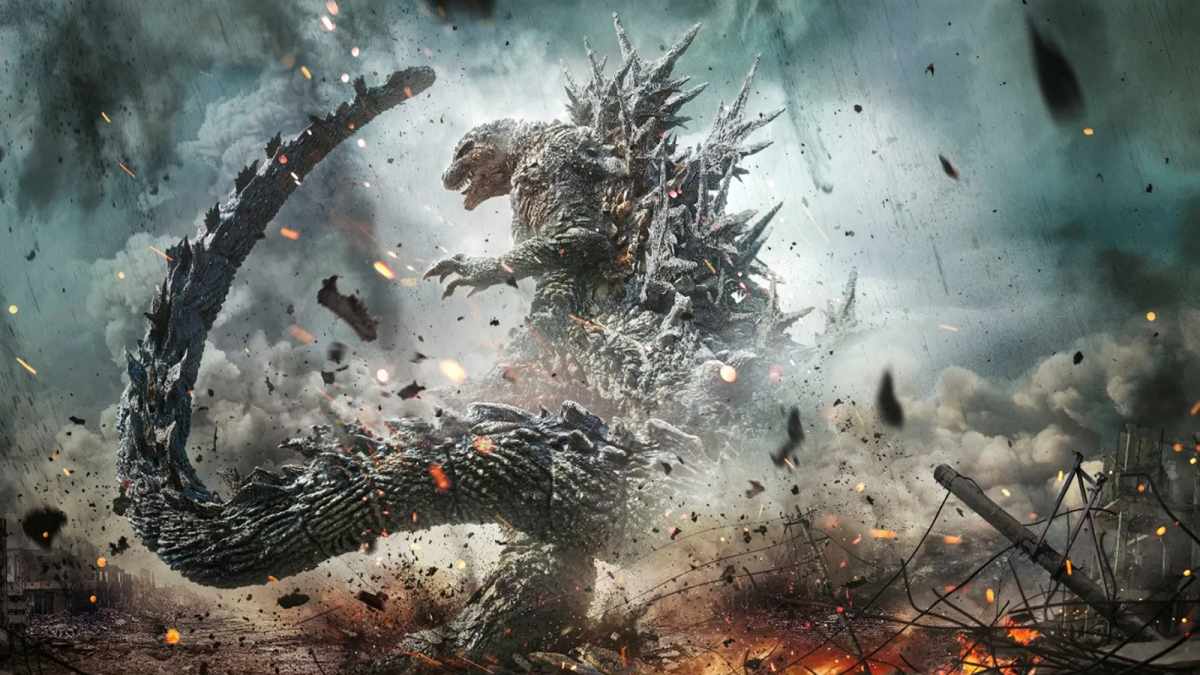




Published: Mar 30, 2024 06:36 pm